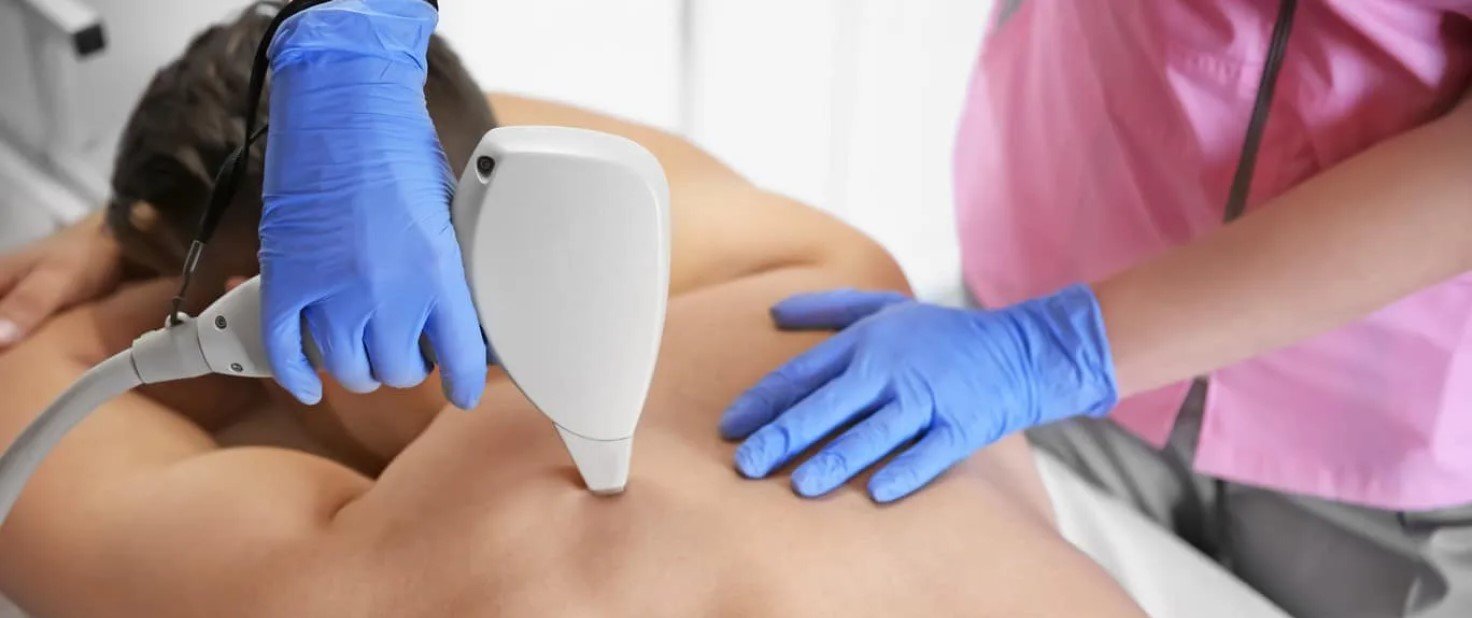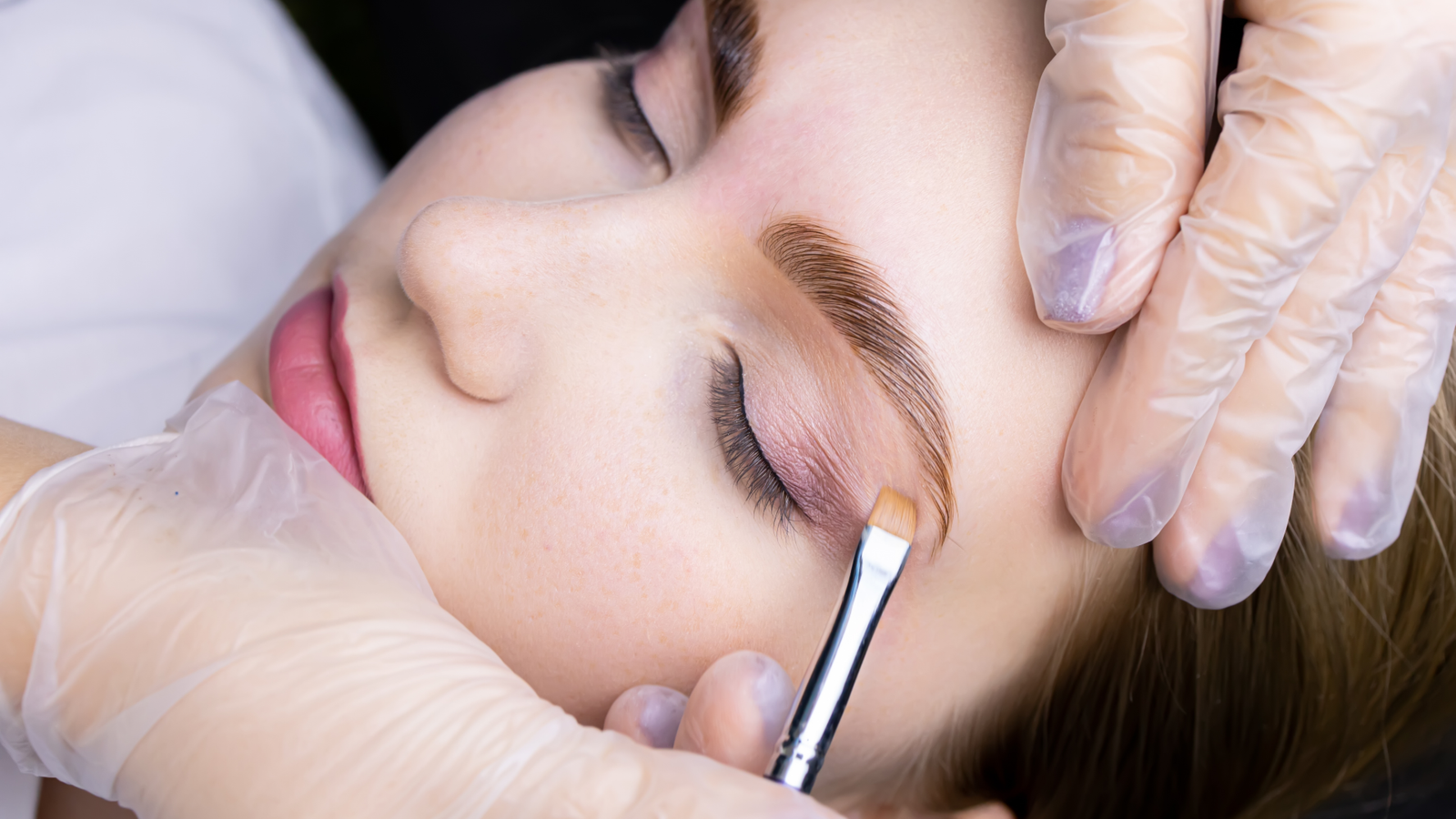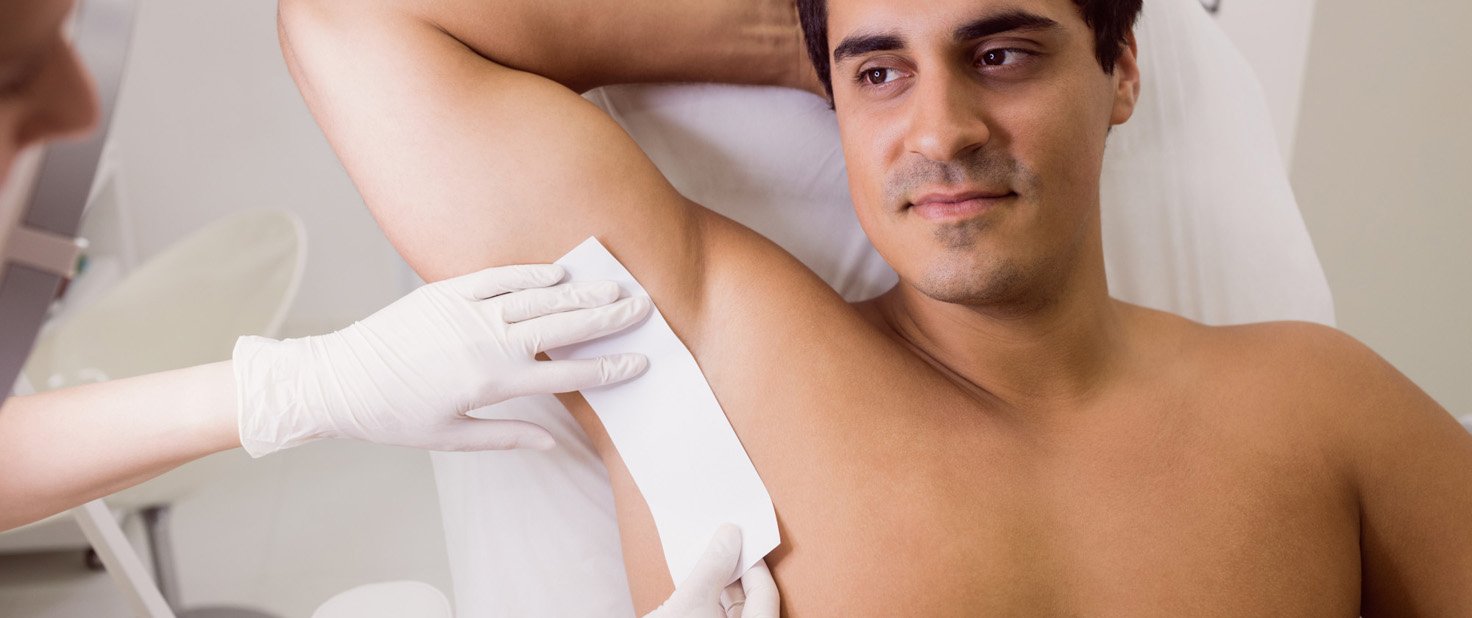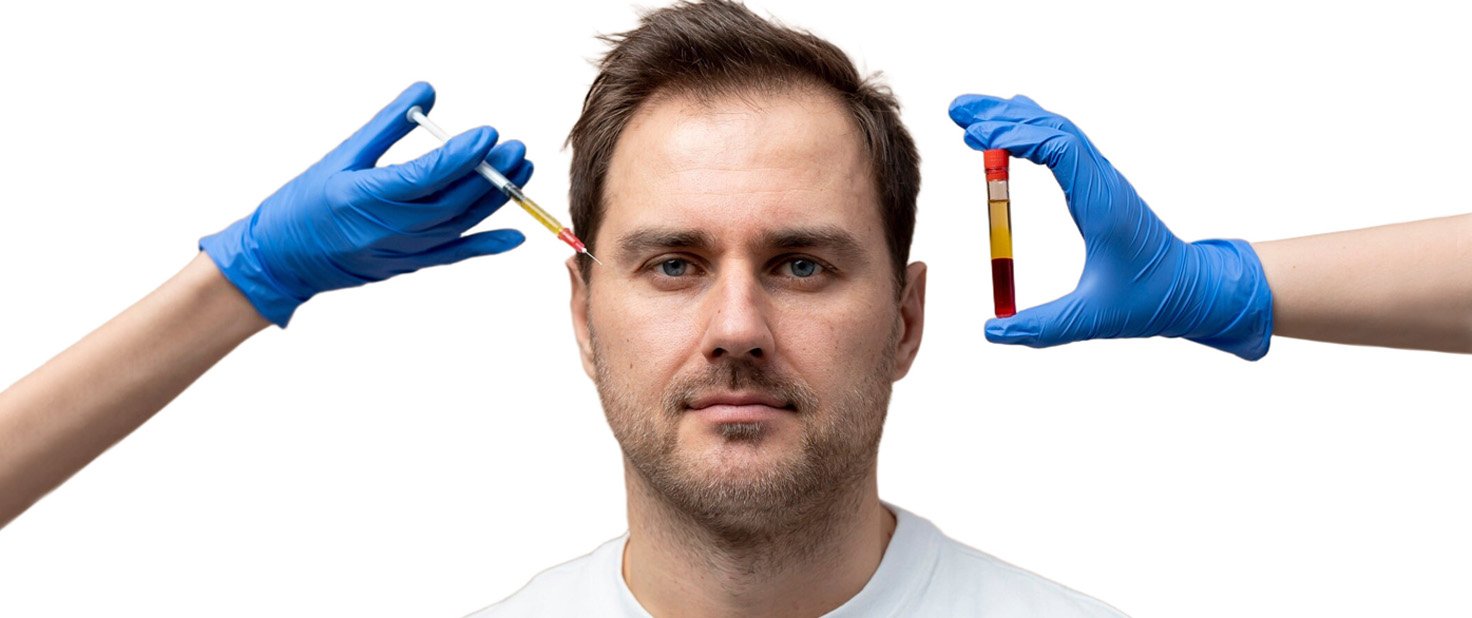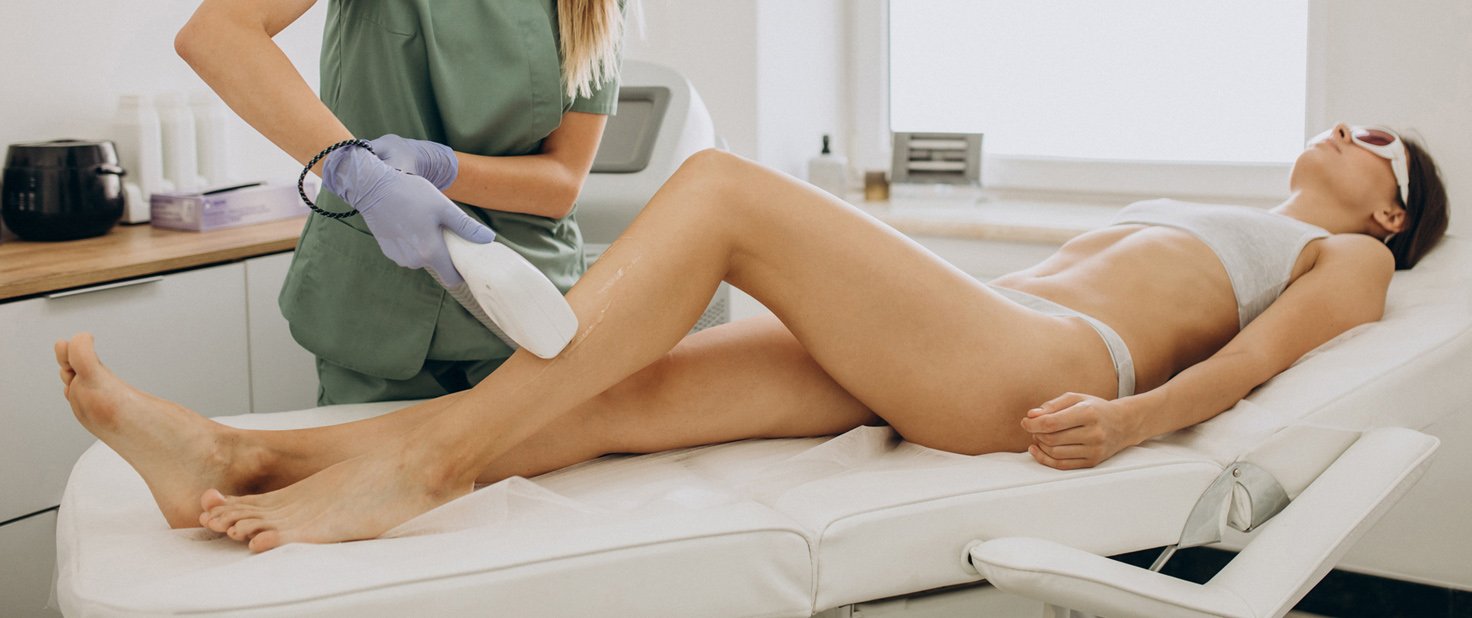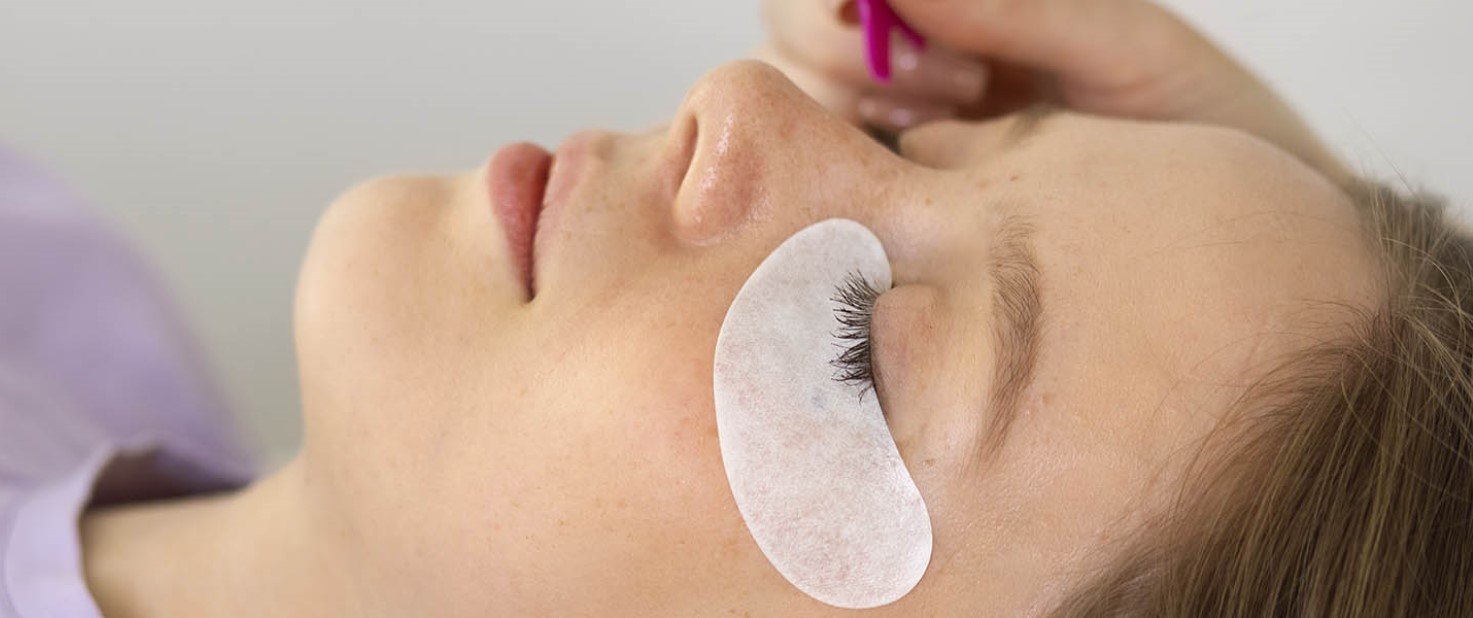Everybody knows how frustrating uneven colour and dark patches of unwanted pigment can look. There might be dozens of reasons what can trigger it (it is the whole separate subject of the discussion of which we will speak in our future articles), but the underlying mechanism of any hyperpigmentation is always the same – excessive and uneven production of melanin by the melanocytes of the melanin membrane located between the epidermis and dermis inside the skin.
Hyperpigmentation can occur on almost any part of the body but the most common parts are face, neck and hands. Treating hyperpigmentation is a multi-staged process.
- One of the most critical steps is exfoliation. A good exfoliation will break down and dissolve bad skin cells, aiding the cell turnover. The best way to achieve this is through skin peels. Skin peels, such as glycolic peels or Obagi Blue Peel Radiance, can be performed by a skin practitioner in a clinic or carried out at home as part of prescribed skin regimen, like in the case of Obagi Nu-Derm (please, also refer to our earlier publication about the treatment of pigmentation by Obagi Nu-Derm.
- Another important aspect of battling hyperpigmentation is the use of the SPF protection. Again, it is a topic for another discussion, but long story short, a good sunblock is 50% success in treating pigmentation. Skipping SPF while fighting pigmentation is stopping by for a burger on the way home from the gym. SPF must be used regardless of the weather. It is absolutely crucial to use a sun protection cream of SPF 50 with high percentage of zink concentration every day.
More information about SPF protection can be found in our online shop. Do some homework and see which SPF is best for you.
If you ever suffered from hyperpigmentation on your skin and manage to keep it under control, we would love to hear your feedback. Please, leave a comment and share your experience with us and our readers.










